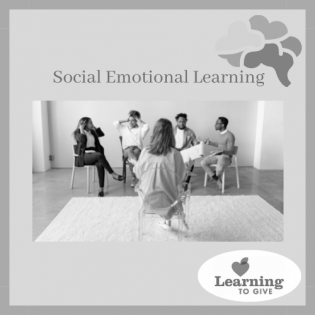Young people make blankets as comfort items for a population in need. They explore options and make a decision about what project they want to do based on need, analysis, and opportunity cost.
Filter by subjects:
Filter by grades:
Filter by audience:
Filter by issue area:
Filter by content type:
Filter by resource type:
resource search
Participants use langauge and art to illustrate the vocabulary of philanthropy and the importance of the tradition of philanthropy to the community.
Young people define and explore the concepts of traditions and philanthropy. They recognize that philanthropy traditions contribute to a strong, healthy community.
In this story, Charles Dickens tackles the meaning of Christmas and the impact of greed on the individual and on the community. Originally published in 1843, "A Christmas Carol" has remained popular throughout the years.
This activity prompts young people to think and speak critically with their peers about a real-world topic. They consider how the topic applies to them and how it might impact others. During this activity, youth share their opinions, debate their positions, and sometimes even change sides as their opinions shift to accommodate new information or other viewpoints. This activity introduces young people to the concepts of bias and stereotypes by discussing how the judgments we make can be very damaging.
Language holds the power to unite or divide us, and we may unknowingly use language that excludes or offends our listeners. The language used at home, on TV, in Music, and in the Media often contains insensitive or divisive language with the potential to offend. Youth can identify and make an effort to use more inclusive language instead. By managing their own language, youth can serve as models for their peers and others in their community.
Young people identify examples of philanthropy in a classic piece of literature. Note: One handout has Biblical applications of the storyline.
In this unit, young people learn about the role of community-minded and philanthropic women in the Industrial Revolution. They learn about the efforts of Sojourner Truth, Elizabeth Cady Stanton, Susan B.
This lesson explores the contributions made by Clara Barton as a nurse and founder of the American Red Cross. Her work is an example of the women from the Industrial Era making a difference through contributions to society. This lesson incorporates a service project connecting youth to the Red...
This lesson introduces the origin and purpose of Kwanzaa. Young people make a kinara, or candle holder, to use for the rest of the unit as they learn about the seven principles of Kwanzaa.


